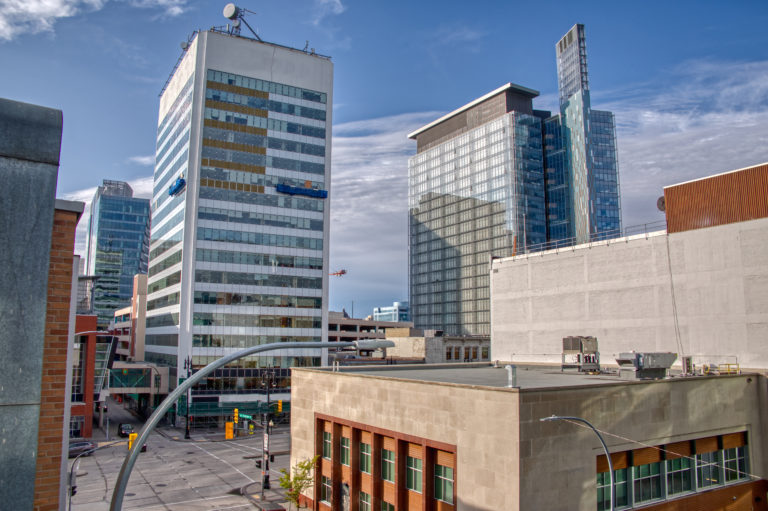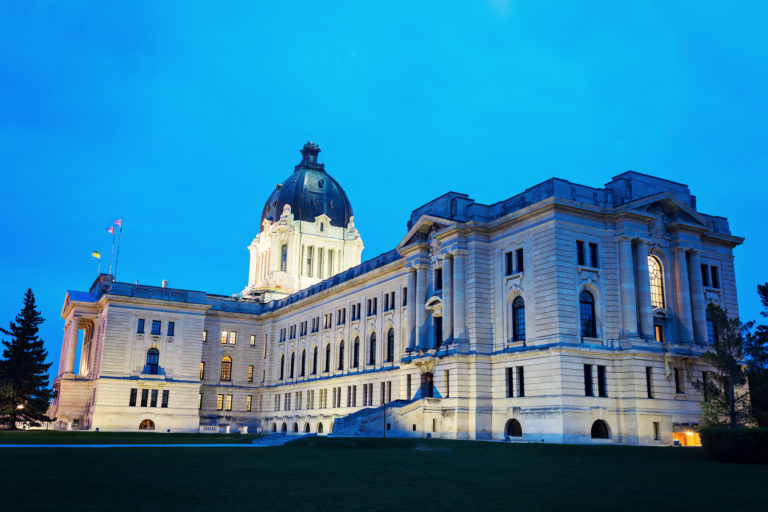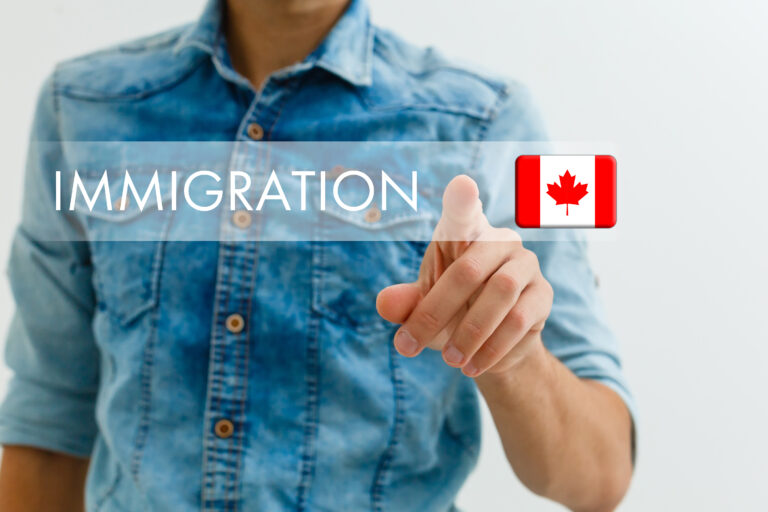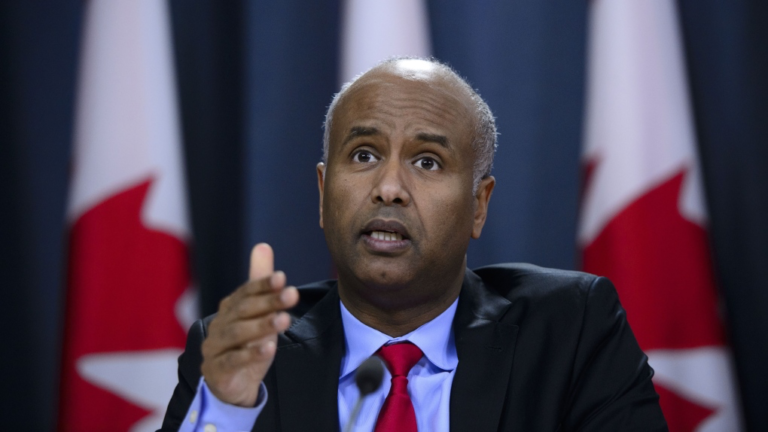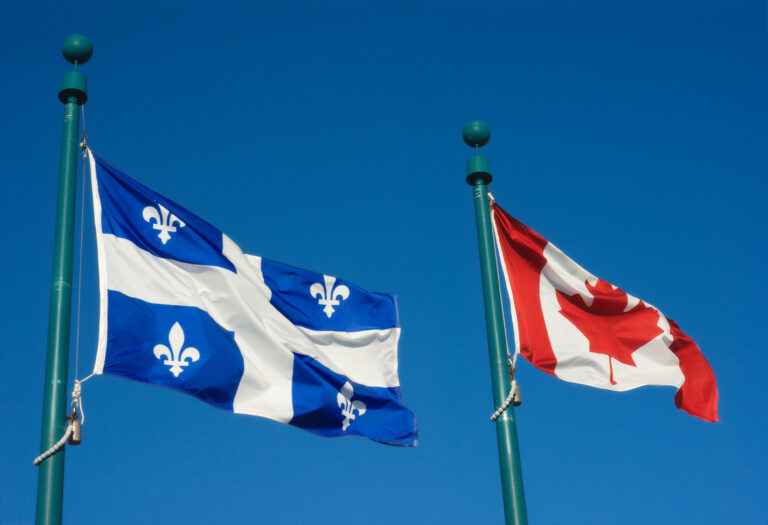Permanent residents, international students, diplomats and consular officials are all exempt from Ottawa’s two-year ban on non-Canadians buying homes which came into effect on Jan. 1 this year.
Ottawa added a few additional exemptions to the ban, formally known as the Prohibition on the Purchase of Residential Property by Non-Canadians Act, to also include any vulnerable persons who already have temporary visa who are fleeing a conflict or those who have already filed a refugee claim in Canada in December last year.
Those exemptions are at the discretion of Immigration Minister Sean Fraser.
Read more:
- Canada Welcomed More Than 431,000 Newcomers In 2022, Hitting Historic Target
- Bank of Canada governor urges Ottawa to boost immigration to avoid interest rate hikes
- Atlantic provinces enjoy boost to immigrant retention rate due to Atlantic Immigration Program
The act which received royal assent on June 23, 2022 took effect on Jan. 1 this year.
Ottawa nixes the use of corporations by non-Canadians to buy real estate
The ban also prevents non-Canadians from buying this real estate through corporations, sets out penalties for those who break the law, and even allows for the government to sell off property bought in breach of the prohibition.
Finance Minister Chrystia Freeland unveiled Ottawa’s strategy last year as part of a strategy to keep house prices in Canada from rising so high as to push working-class and young Canadians out of the real estate market.
“We will make the market fairer for Canadians,” said Freeland. “We will prevent foreign investors from parking their money in Canada by buying up homes. We will make sure that houses are being used as homes for Canadian families rather than as a speculative financial asset class.”
Those foreign investors, though, do not include foreign nationals who are studying at Canadian colleges and universities or those from other countries who have already obtained their permanent residency.
In its budget last year, Ottawa proposed doubling the number of new homes being built in cooperation with the provincial and territorial governments, municipalities, and the private and non-profit sectors.
“Canada does not have enough homes. We need more of them, fast,” said Freeland. “This budget represents the most ambitious plan that Canada has ever had to solve that fundamental challenge.
Prohibition on non-Canadian purchase of real estate deemed necessary to curb housing inflation
“We will invest in building more homes and in bringing down the barriers that keep them from being built. We will invest in the rental housing that so many count on. We will make it easier for our young people to get those first keys of their own.”
Ottawa sees speculative investment in Canadian real estate as fueling inflation in the housing market.
“For years, foreign money has been coming into Canada to buy residential real estate, fuelling concerns about the impact on costs in cities like Vancouver and Toronto and worries about Canadians being priced out of the housing market in cities and towns across the country,” states a backgrounder on the housing market published online by the federal government’s finance department.
“To make sure that housing is owned by Canadians instead of foreign investors, Budget 2022 announces the government’s intention to propose restrictions that would prohibit foreign commercial enterprises and people who are not Canadian citizens or permanent residents from acquiring non-recreational, residential property in Canada for a period of two years.”
Canada remains bullish on immigration with record-breaking targets for each of the next three years.
In its 2023-2025 Immigration Levels Plan, Ottawa has set the target for 2023 at 465,000 new permanent residents. The country is to welcome 485,000 new permanent residents in 2024 and another 500,000 in 2025.
That’s a total of 1.45 million immigrants to Canada over the coming three years.


